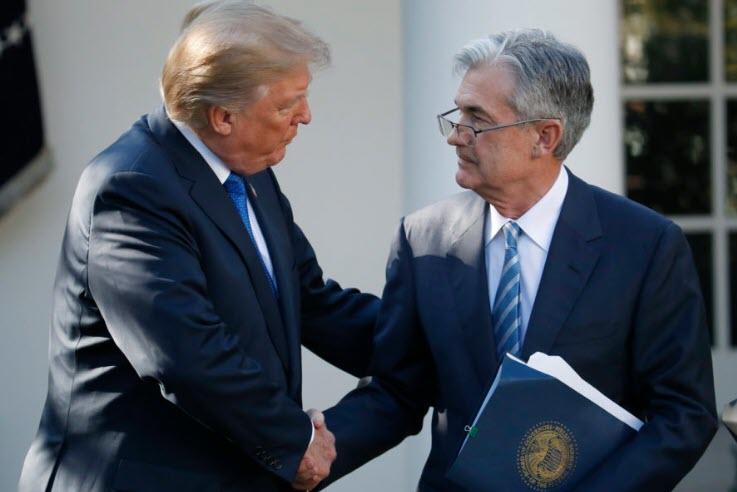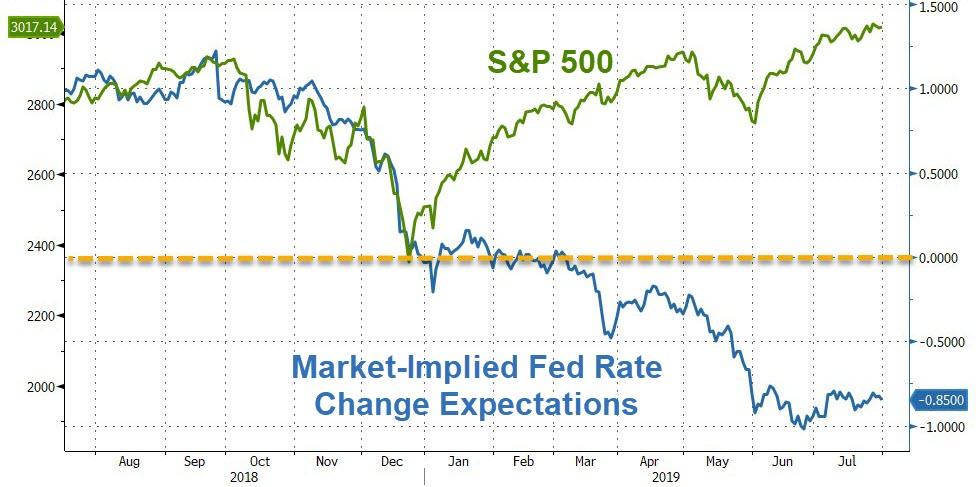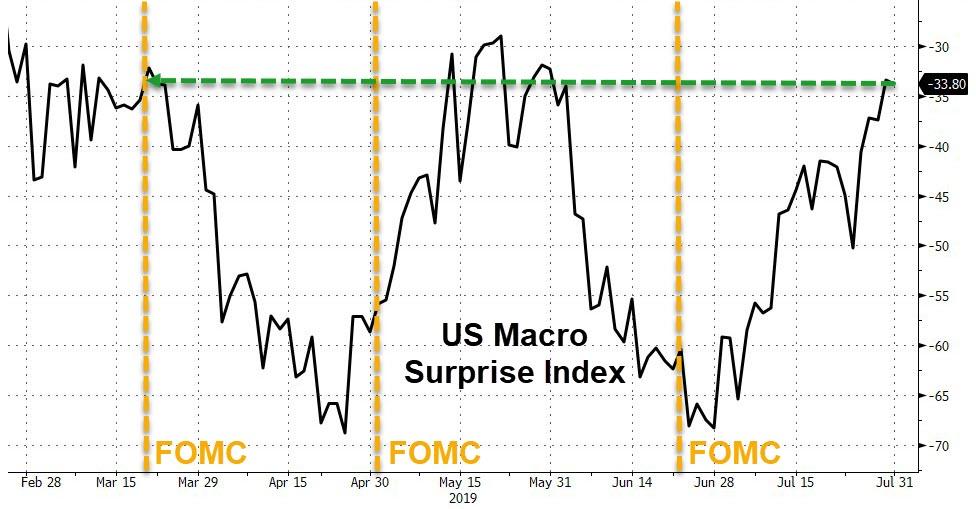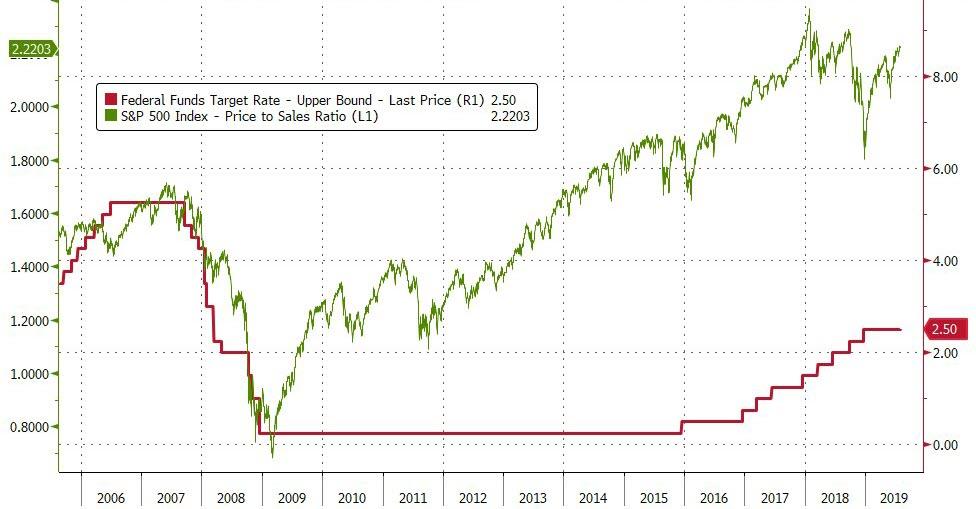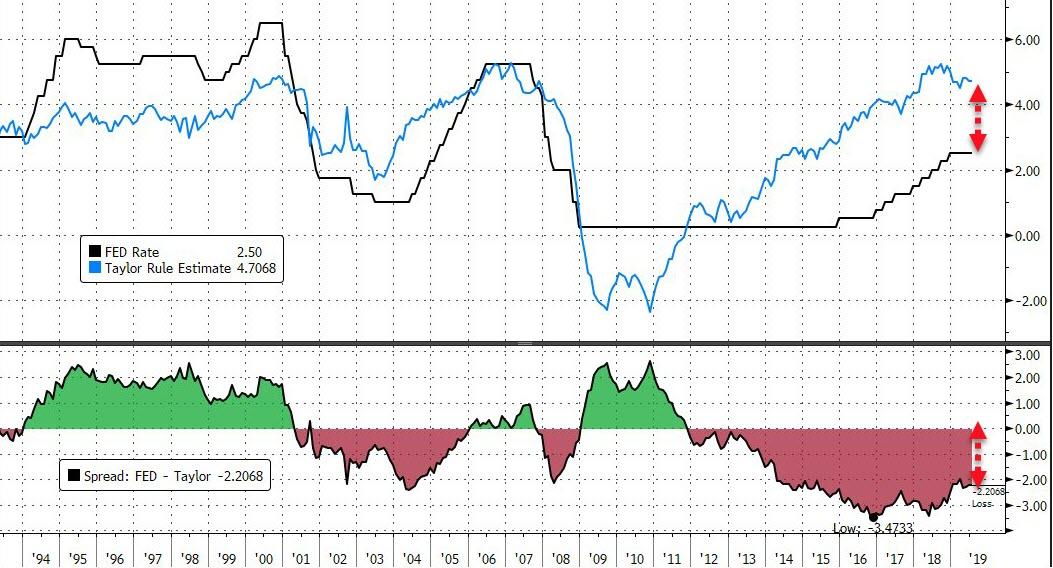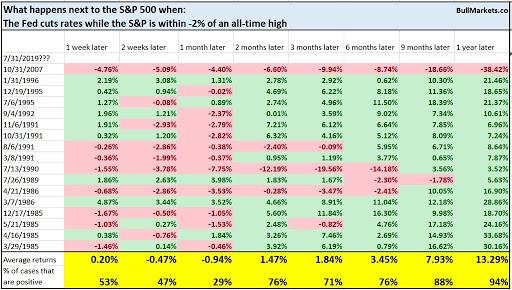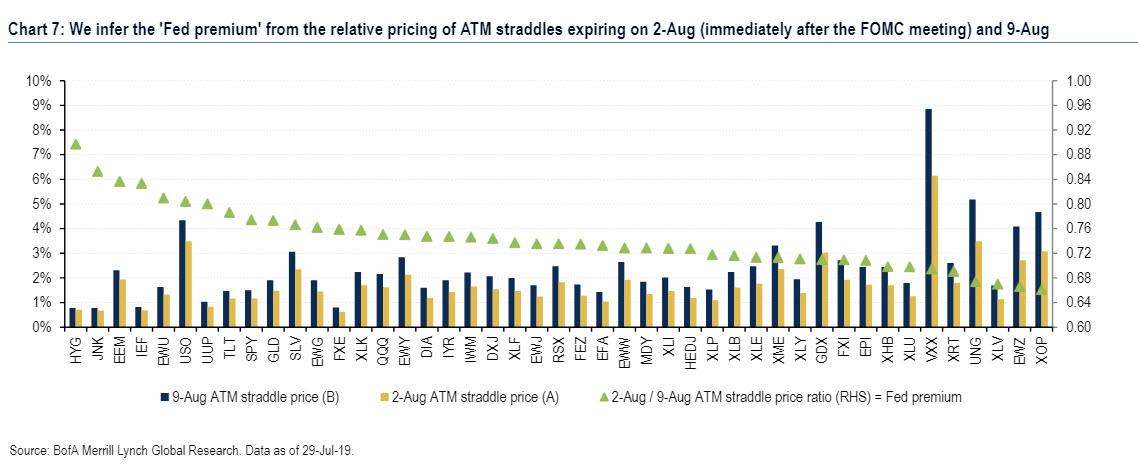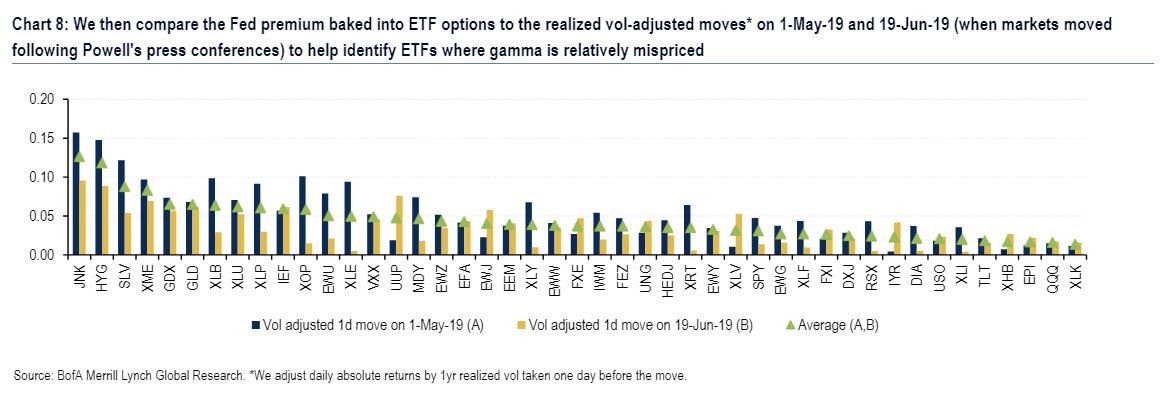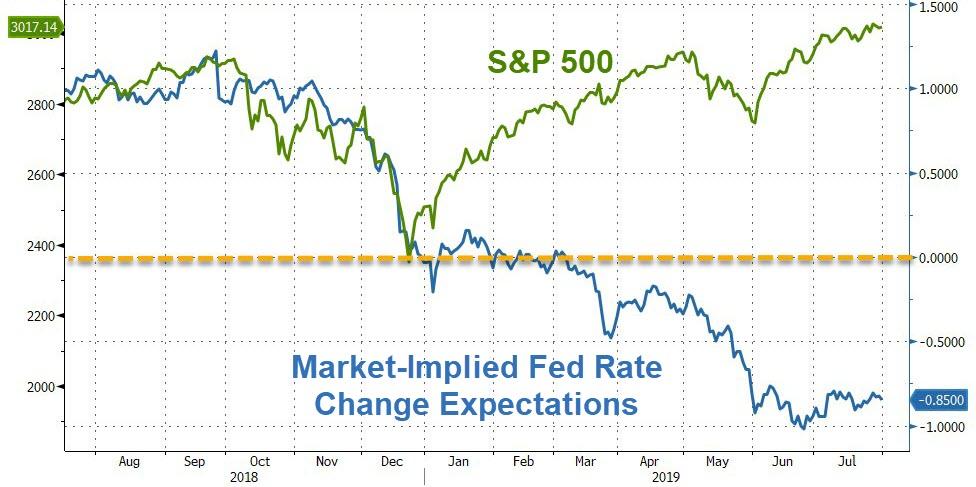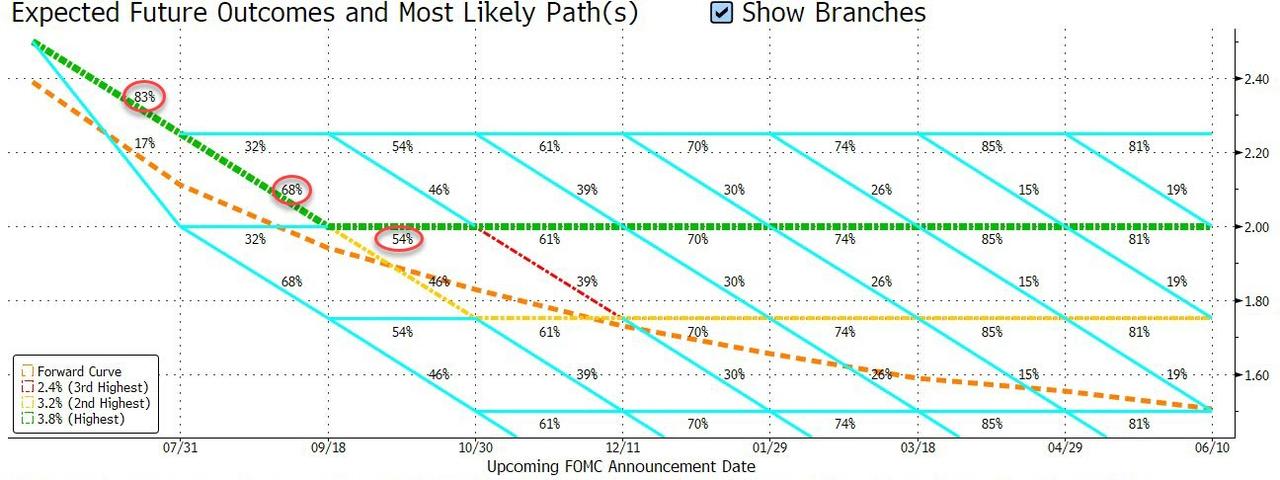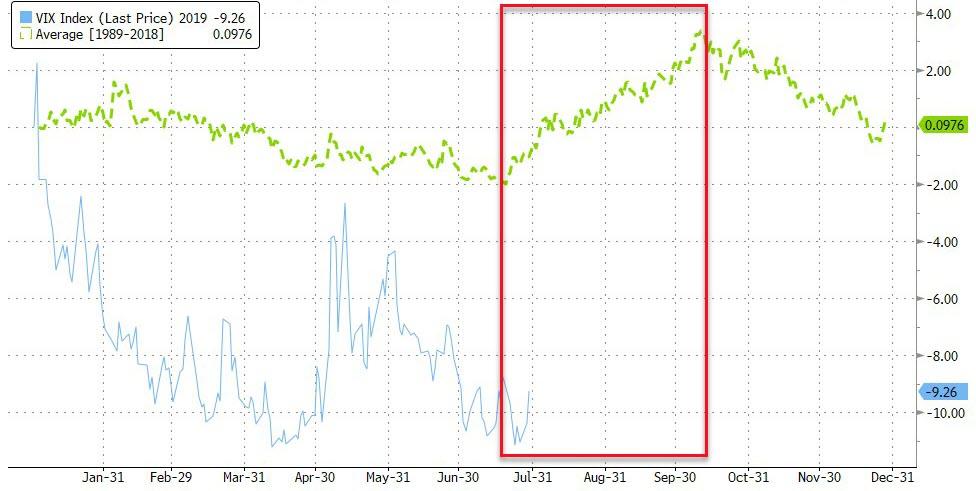The discussion of gun violence during last night’s Democratic presidential debate started with a misleading question, which prompted answers that were both misleading and irrelevant. “There were three large-scale shootings this past week in America, at a park in Brooklyn, on the streets in Philadelphia, and one that left three dead and 12 injured at a food festival in Gilroy, California,” said one of the moderators, CNN’s Don Lemon. “Mayor Buttigieg, other than offering words of comfort, what’re you specially going to do to stop this epidemic of gun violence?”
Since Lemon referred to an “epidemic of gun violence,” you could be forgiven for inferring that homicides committed with firearms are on the rise. In fact, the number of such crimes fell in 2017 and 2018 after rising in 2015 and 2016. And even at the recent peak of 11,138 in 2016, the number was nearly two-fifths lower than in 1993, just before violent crime began to fall, a trend that continued for two decades. Since the population grew during that period, the gun homicide rate fell even more sharply, from 7 per 100,000 in 1993 to 4.5 per 100,000 in 2017, which is higher than the low of 3.6 in 2010 and 2011 but still 36 percent lower than the 1993 peak.
Responding to Lemon’s question, South Bend, Indiana, Mayor Pete Buttigieg compounded the confusion. “This epidemic of gun violence has hit my community too, far too many times,” he said. Later he added: “I was a junior when the Columbine shooting happened. I was part of the first generation that saw routine school shootings.”
Mass shootings like the one at Columbine High School in 1999, or like the ones Lemon mentioned in his question, account for a tiny share of gun homicides: 1 percent in 2017, which had an unusually high death toll because of the Las Vegas massacre, which killed 58 people. But is Buttigieg right that school shootings, which account for an even tinier share of gun homicides, became noticeably more common after Columbine?
According to research by Northeastern University criminologist James Alan Fox, fatal school shootings peaked in the early 1990s, when they were far more common than in 1999 or the following decade. “There is not an epidemic of school shootings,” he said last year, noting that deaths caused by firearms at schools remain very rare. During a 25-year period, he found, an average of about 10 students died that way each year. Seven times as many children die from drowning each year, and 10 times as many are killed in bicycle accidents.
Nor do Buttigieg’s solutions—”universal background checks,” “red flag laws,” and “an end to assault weapons”—make much sense as a response to mass shootings or gun violence generally. Mass shooters typically do not have disqualifying criminal or psychiatric records, and common criminals easily avoid background checks by buying guns on the black market or through proxies. The effectiveness of so-called red flag laws hinges not only on the ability to identify would-be murderers ahead of time but on their compliance with court orders. All rifles combined, a subset of which politicians would describe as “assault weapons,” accounted for less than 4 percent of gun homicides in 2017.
Handguns accounted for 64 percent of murders with firearms that year, and they are also the kind of weapon used in most mass shootings, including two out of the three incidents mentioned by Don Lemon. The perpetrator of the Gilroy shooting used a rifle he legally bought in Nevada that is banned as an “assault weapon” in California, which The New York Times seems to think is a big deal.
“In Nevada, the purchase by the 19-year-old was legal,” the Times says. “But just across the line in California, where the minimum age for purchasing a rifle is now 21, the weapon is banned and should never have been brought into the state, according to the state’s attorney general, Xavier Becerra.” Yet a graphic explainer accompanying that article notes that bans like California’s have no significant impact on the lethal capacity of legally available firearms, which are “nearly indistinguishable from illegal assault weapons.”
Why is that? Possibly because the “military-style” features that legislators dislike, which in California include pistol grips, folding stocks, and flash suppressors, have little or nothing to do with a gun’s functionality in the hands of a mass murderer. “Gun owners say those features are largely cosmetic and don’t necessarily make the weapon more dangerous,” the Times notes. “The proof, they say, is that the same features remain legal for rifles with a fixed, or attached, magazine.”
But as far as Buttigieg is concerned, the burden is not on him to show that his policy prescriptions would actually have a measurable impact on gun violence. “Something is broken if it is even possible for the same debate around the same solutions that we all know are the right thing to do,” he said. “They won’t prevent every incident. They won’t save every life. But we know what to do, and it has not happened.” In place of an argument, Buttigieg offers poll numbers. How do “we all know” the policies that Buttigieg favors are “the right thing to do”? We just do.
from Latest – Reason.com https://ift.tt/2ZnbT6L
via IFTTT
